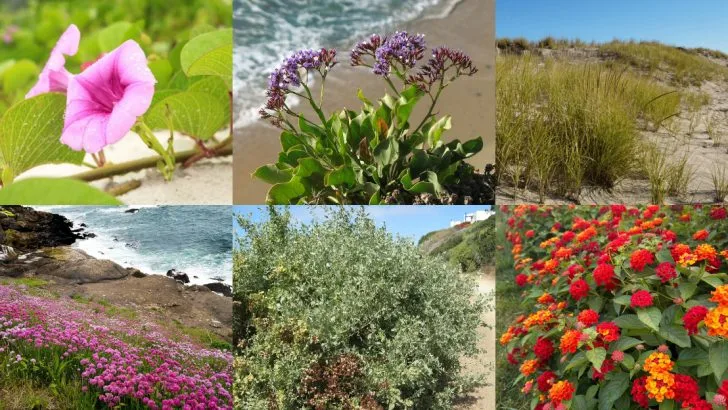Ocean air, sandy soil, and relentless salt spray—sounds like a gardening nightmare, right? Not if you choose the right plants.
Some thrive where others wither, standing tall against salty winds and poor soil like botanical warriors. Whether you’re working with beachfront property or just battling a little extra sodium in your soil, there’s a plant for that.
From tough succulents to flowering beauties, salt-tolerant plants bring color, texture, and life to even the harshest coastal landscapes. They don’t just survive—they flourish, soaking up the sea breeze like it’s their personal spa day.
Ready to transform your salty patch of earth into a lush paradise? These 24 plants are up for the challenge!
Beach Morning Glory
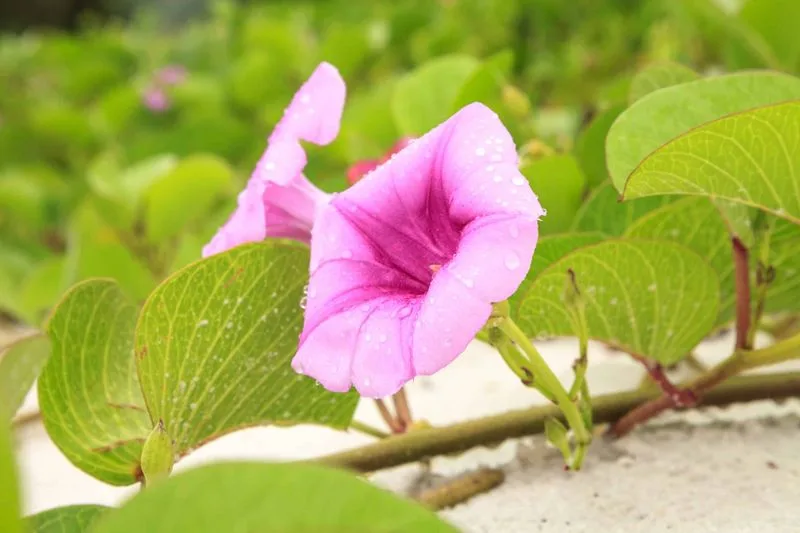
Beach morning glory thrives in sandy soils typical of coastal regions. Its trailing vines and vibrant purple-blue flowers make it a striking ground cover.
This plant is known for its resilience, withstanding strong winds and salt spray. Plant it in well-drained soil and watch it create a blanket of color.
Regular pruning helps maintain its shape. While it prefers full sun, it tolerates partial shade.
An excellent choice for stabilizing dunes and adding beauty to seashores, this plant also attracts pollinators like bees and butterflies, enhancing biodiversity.
Sea Lavender

Sea lavender is admired for its delicate appearance and robust nature. The plant’s airy clusters of tiny, lavender-hued flowers stand on tall stems, creating a cloud-like effect.
It’s well-suited to salty and windy environments. This perennial requires minimal care once established.
Plant it in well-drained soil, ideally with some sand, to mimic its natural habitat. Sea lavender is perfect for coastal garden borders.
Its flowers are long-lasting, making it a favorite for dried flower arrangements. It also attracts beneficial insects, supporting local ecosystems.
American Beachgrass
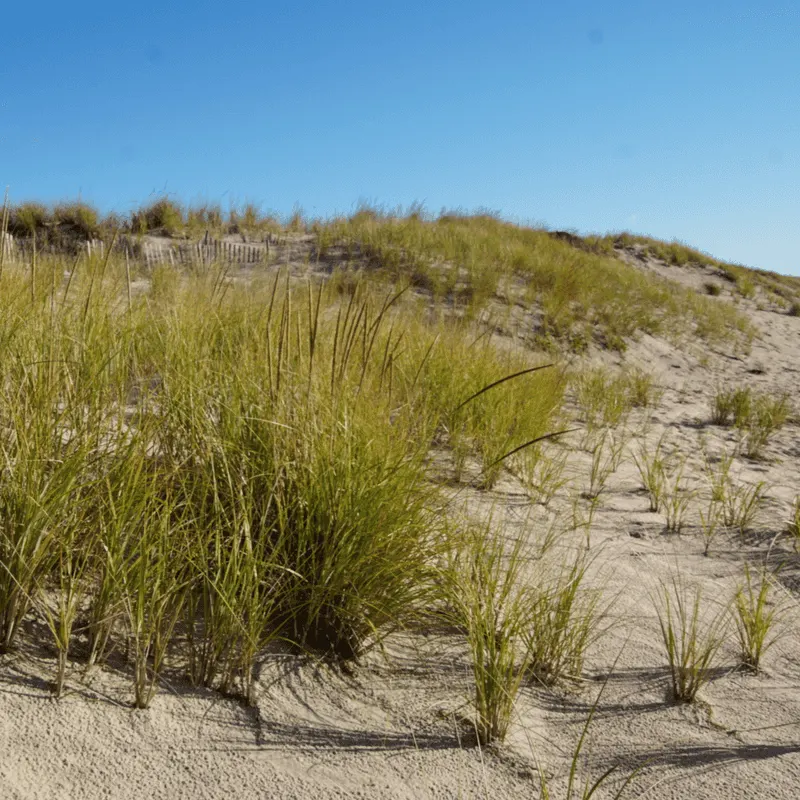
American beachgrass is a staple for coastal landscaping, particularly for dune stabilization. Its tall, green stalks sway gracefully in the wind, creating a natural barrier against erosion.
This grass thrives in sandy, nutrient-poor soils. Once established, it requires little maintenance, making it ideal for low-effort gardening.
Plant it in clumps to maximize its effectiveness against shifting sands. Its deep root system is crucial for holding dunes in place, while its foliage provides a habitat for coastal wildlife.
This hardy plant also withstands harsh salt spray conditions.
Sea Thrift
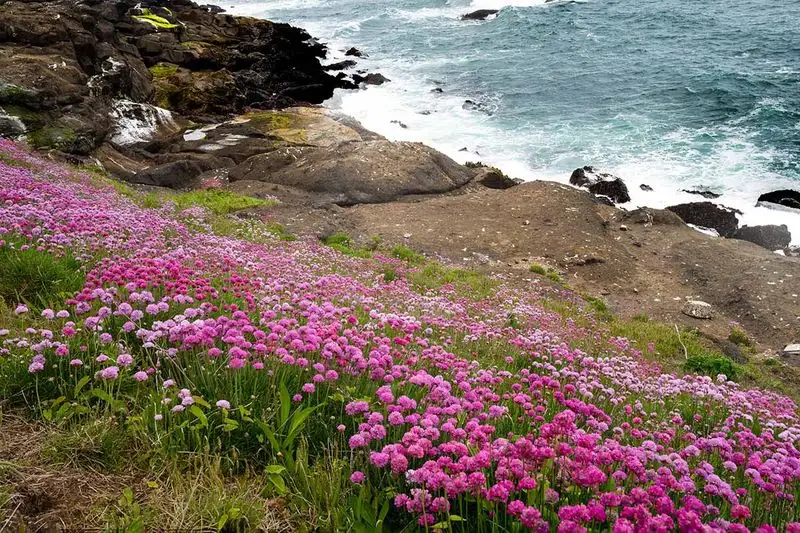
Sea thrift is a charming addition to any coastal garden. Its compact clusters of pink pom-pom flowers sit atop slender stems, contrasting beautifully with its dark green foliage.
Adapted to rocky and saline soils, it thrives where many other plants cannot. Sea thrift prefers full sun and well-drained conditions, often found in rock gardens or cliffside plantings.
This perennial requires minimal watering once established. It’s also deer-resistant and attracts pollinators such as bees, contributing to a vibrant garden ecosystem.
Its spherical blooms add texture and color to coastal landscapes.
Saltbush
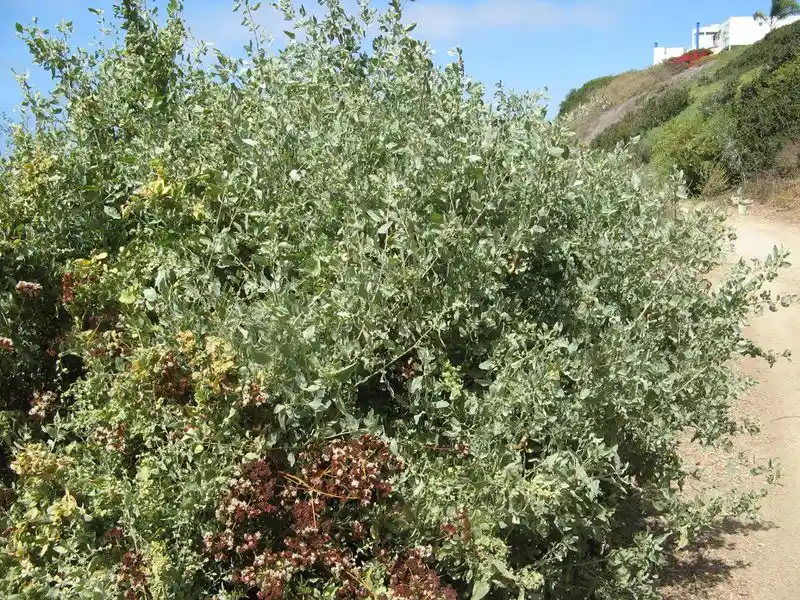
Saltbush is a versatile shrub known for its ability to thrive in harsh coastal environments. Its silvery-green leaves reflect sunlight, minimizing water loss and making it drought-resistant.
Saltbush adapts well to a variety of soil types, including salty and sandy soils. It’s often used in reclamation projects to stabilize soil and prevent erosion.
This hardy plant requires little maintenance, making it a practical choice for gardeners seeking a resilient landscape. Additionally, it provides habitat and food for local wildlife.
Prune regularly to maintain its shape and encourage bushier growth.
Lantana
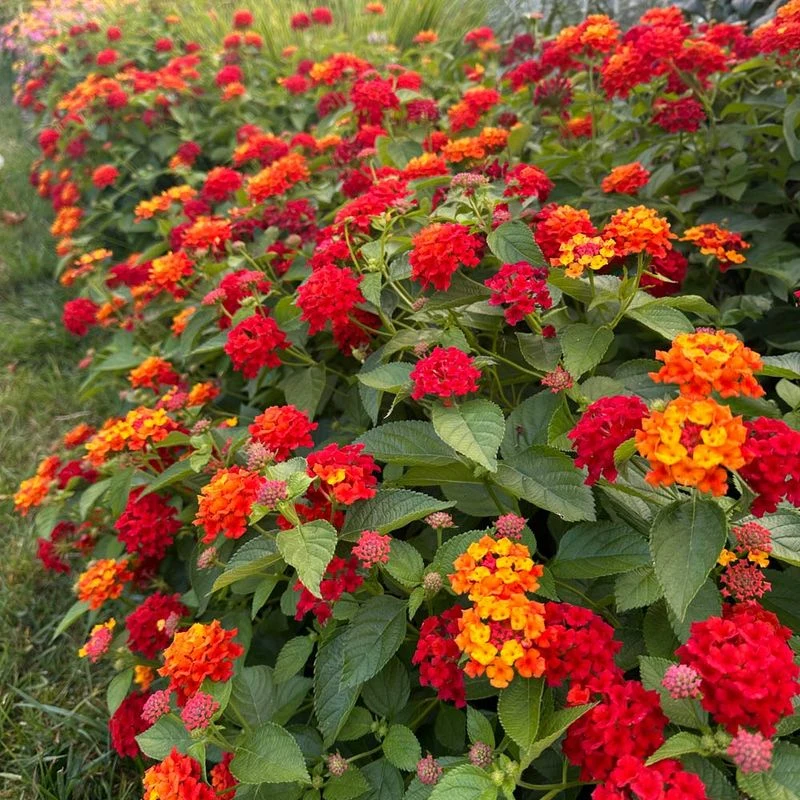
Lantana is celebrated for its vibrant, multicolored flowers that attract butterflies and hummingbirds. Its blooms range from yellow to pink, forming eye-catching clusters.
This plant flourishes in full sun and well-drained, sandy soils typical of coastal regions. Lantana is drought-resistant once established, making it an excellent choice for low-maintenance gardens.
Regular deadheading promotes continuous flowering. It can be grown as a shrub or ground cover, providing versatility in garden design.
Additionally, lantana is deer-resistant and its aromatic foliage deters pests, contributing to a healthier garden environment.
New Zealand Christmas Tree
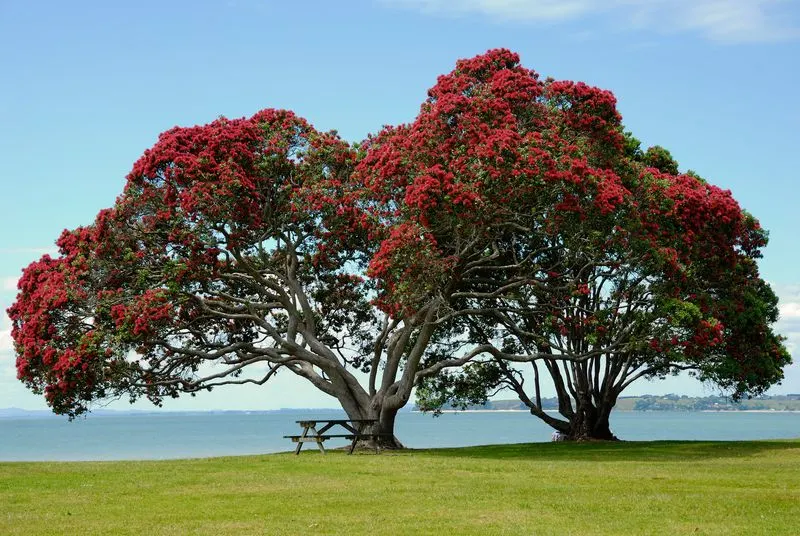
The New Zealand Christmas tree dazzles with its vibrant red flowers, reminiscent of holiday fireworks. This evergreen tree is ideal for coastal areas, tolerating salty winds and poor soil conditions with ease.
Its flowers bloom around Christmas, adding seasonal cheer to gardens. Ideal for use as a windbreak, it offers shelter to other plants and wildlife.
Plant it in well-drained soil, preferably in a sunny location to encourage growth. The tree’s dense canopy provides shade and habitat for birds, making it a valuable addition to any coastal ecosystem.
Russian Sage
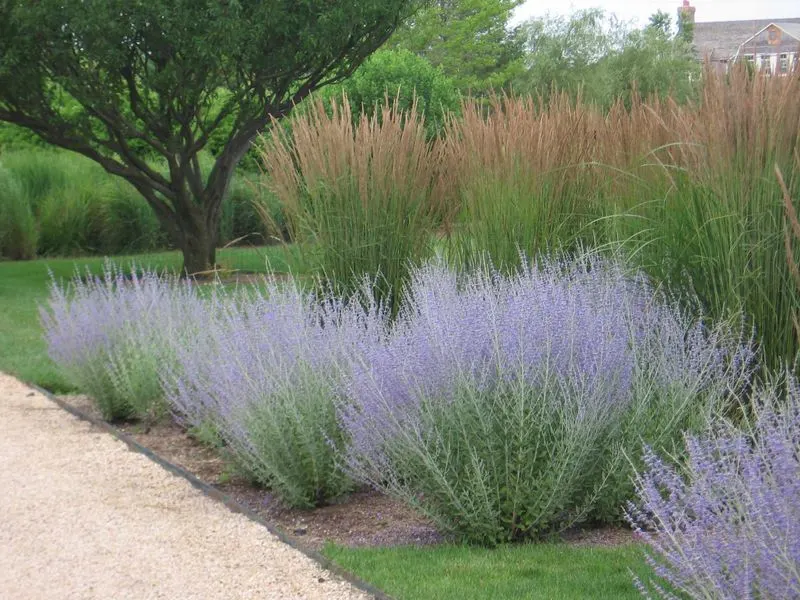
Russian sage is known for its aromatic foliage and delicate, lavender-blue flowers. This perennial thrives in dry, well-drained soils, making it perfect for coastal gardens.
Its tall, airy stalks create a soft, romantic look when planted en masse. Russian sage is drought-tolerant and requires little care once established.
It prefers full sun and can handle salty air, which is common in coastal locations. Regular pruning encourages bushier growth and prolonged blooming.
This plant is not only attractive but also deer-resistant, adding both beauty and utility to your garden.
Euphorbia
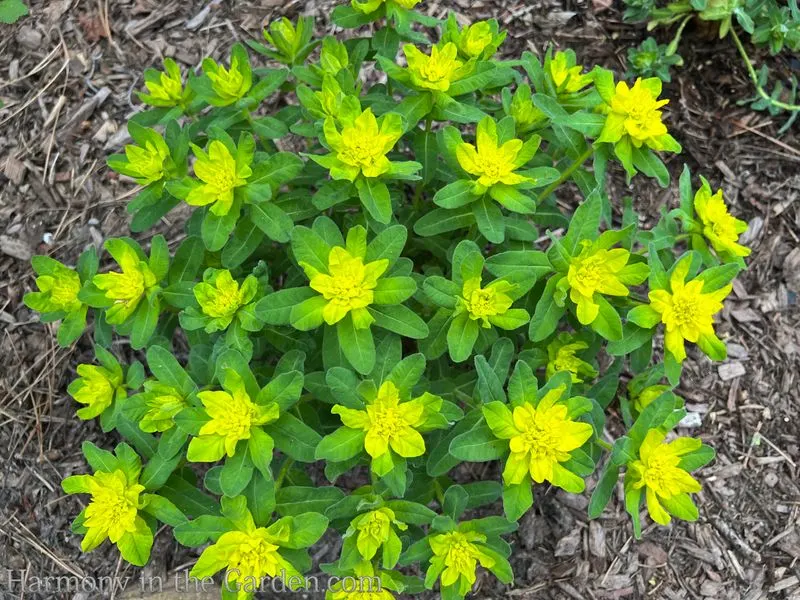
Euphorbia stands out with its striking green and yellow bracts that lend a unique architectural element to gardens. Adapted to rocky and sandy soils, it’s well-suited for coastal regions.
This plant prefers full sun and requires minimal watering once established. Euphorbia’s drought resistance and ability to thrive in salty conditions make it a top choice for coastal gardeners.
Its milky sap deters pests, though care should be taken as it can irritate skin. Use it in borders or as a focal point to add texture and interest to your landscape design.
Creeping Jenny
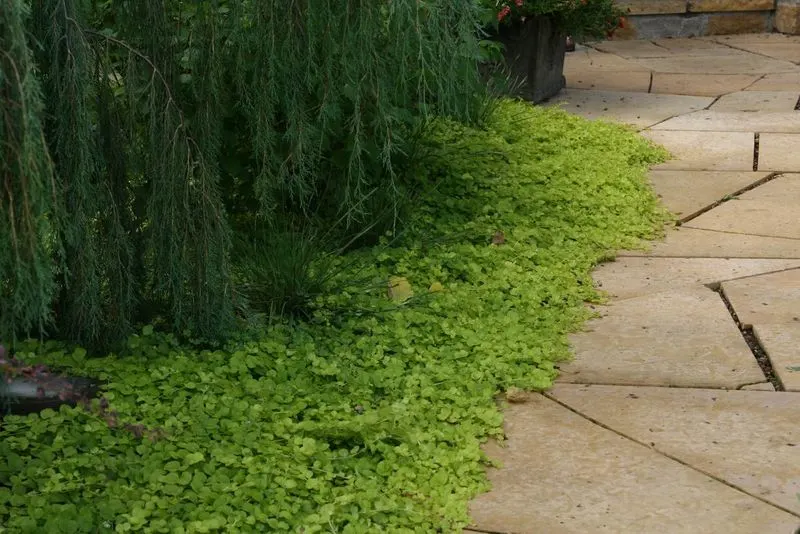
Creeping Jenny is a fast-growing ground cover known for its vibrant yellow-green foliage. It’s ideal for brightening up areas with poor soil and salty air.
This plant thrives in both sunny and partially shaded coastal gardens. Creeping Jenny requires regular watering but is otherwise low-maintenance.
Its trailing vines make it perfect for cascading over rocks or walls. The plant’s vibrant color persists through seasons, providing year-round interest.
While its growth is vigorous, it can be controlled through regular trimming. It’s a versatile addition, complementing various garden styles.
Sea Holly
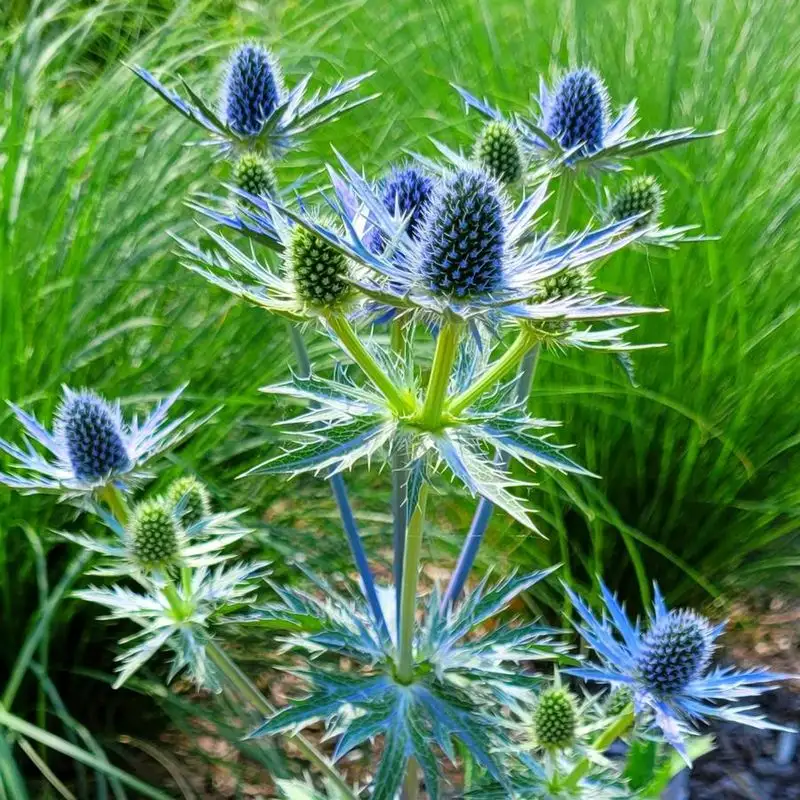
Sea holly captivates with its spiky, metallic blue flowers and silver-green foliage. This plant thrives in well-drained, sandy soils and tolerates salty conditions, making it perfect for coastal gardens.
Its unique appearance adds an architectural quality to any landscape. Sea holly requires full sun and minimal watering once established.
It’s a magnet for pollinators, attracting bees and butterflies while being deer-resistant. Plant it in groups for a dramatic effect or use it as a focal point in borders.
Its flowers are also excellent for dried arrangements, retaining their color and form.
Cordgrass
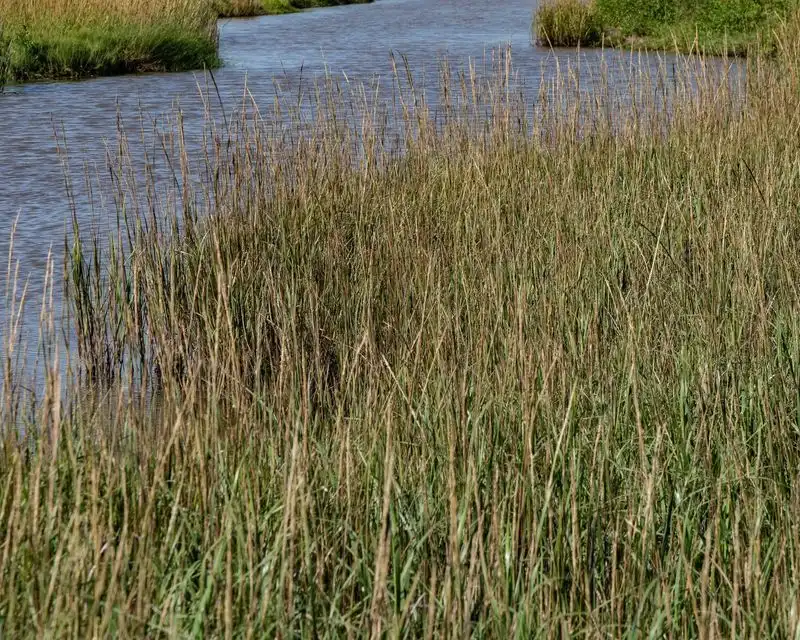
Cordgrass is vital for coastal ecosystems, known for its role in stabilizing marshlands and providing habitat for wildlife. Its dense tufts and tall, green blades sway gracefully in the sea breeze.
This grass thrives in saline, waterlogged soils typical of marshes. It’s an excellent choice for erosion control and habitat restoration projects.
Cordgrass requires little maintenance once established, making it ideal for naturalistic coastal plantings. Its presence enhances biodiversity, supporting a range of marine and bird life.
Plant it near water features or in low-lying areas for best results.
Ice Plant
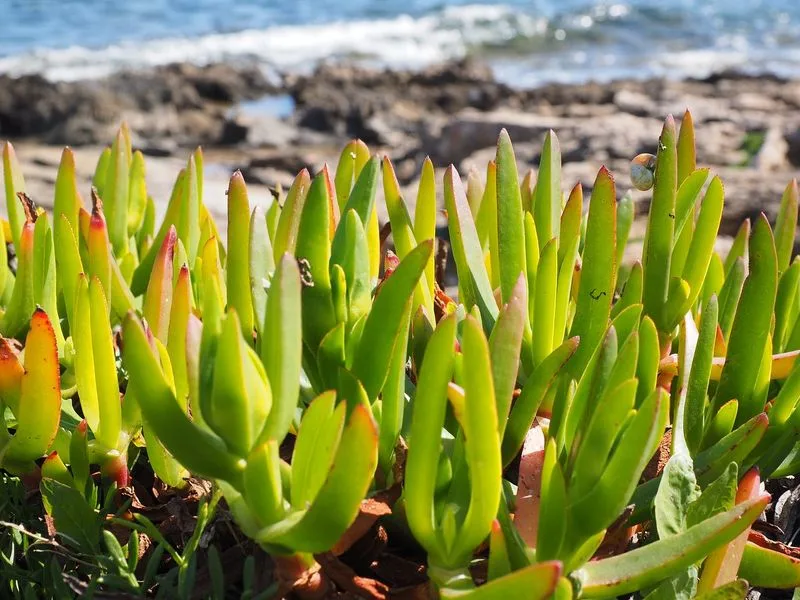
Ice plant is renowned for its vibrant, jewel-toned flowers that bloom profusely along coastal slopes. The succulent leaves of this plant are adapted to retain moisture, making it exceptionally drought-tolerant.
Ice plant thrives in full sun and well-drained, sandy soils. Its sprawling habit makes it an excellent ground cover, ideal for erosion control.
The bright flowers attract pollinators and add a splash of color to the landscape. While it requires minimal maintenance, occasional pruning helps manage its growth.
This plant is perfect for sunny, rocky areas where other plants might struggle.
Agave
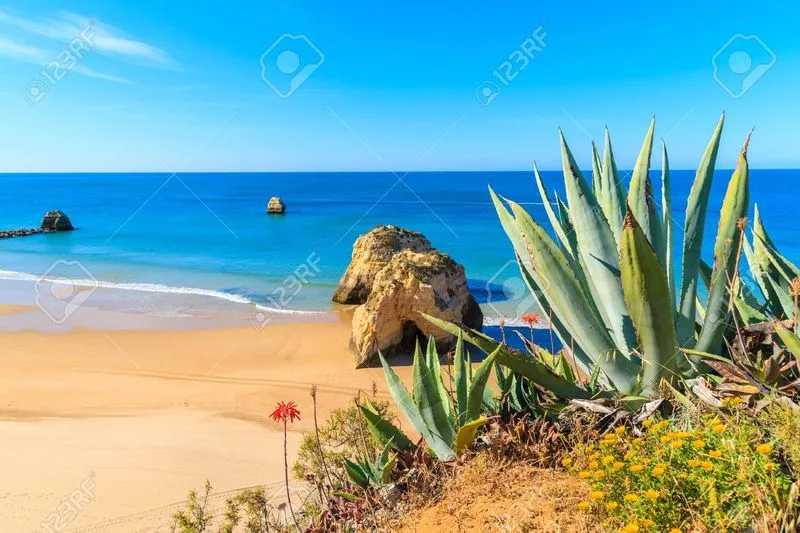
Agave is a striking addition to coastal gardens, known for its architectural form and resilience. Its thick, blue-green leaves form a rosette pattern, catching the eye in any setting.
Agave thrives in sandy, well-drained soils and is highly drought-tolerant. This perennial requires full sun and minimal watering, making it a low-maintenance choice.
Its sharp leaves deter deer and other animals, while its flowers attract pollinators. Agave’s bold structure adds a sculptural element to gardens, suitable for xeriscaping or as a focal point.
Plant cautiously, considering its mature size.
Yucca

Yucca’s striking silhouette makes it a standout choice for coastal gardens. Its sharp, sword-like leaves and tall flower spikes create a dramatic presence.
This plant thrives in sandy, well-drained soils and tolerates salty, windy conditions. Yucca is drought-resistant and requires minimal care once established.
Its bold form adds structure and height to garden designs. The flowers attract pollinators like bees and hummingbirds, enhancing the garden’s ecological value.
Plant yucca as a focal point or in groups for a bold statement, ensuring enough space for its growth.
Beach Plum
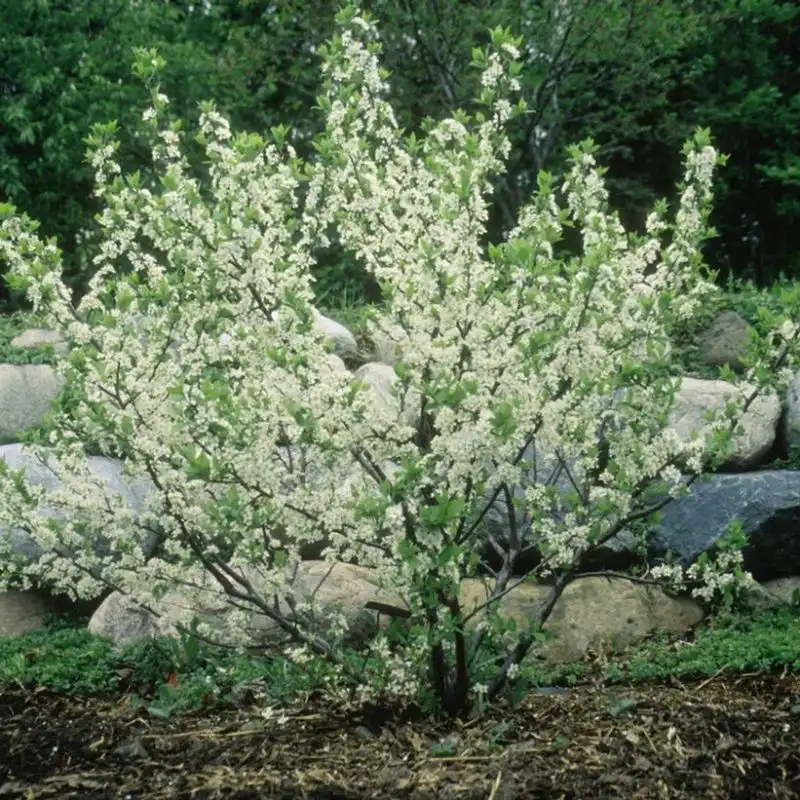
Beach plum is both ornamental and functional, known for its white blossoms and edible purple fruit. This shrub thrives in sandy, well-drained soils typical of coastal regions.
Plant it in full sun for best fruit production. Beach plum is hardy and low-maintenance, requiring minimal care once established.
Its fruit attracts wildlife and can be used in preserves and jellies. The plant’s dense growth habit makes it excellent for erosion control and creating wildlife habitats.
It’s a versatile addition to coastal gardens, offering beauty and bounty.
Bitterroot
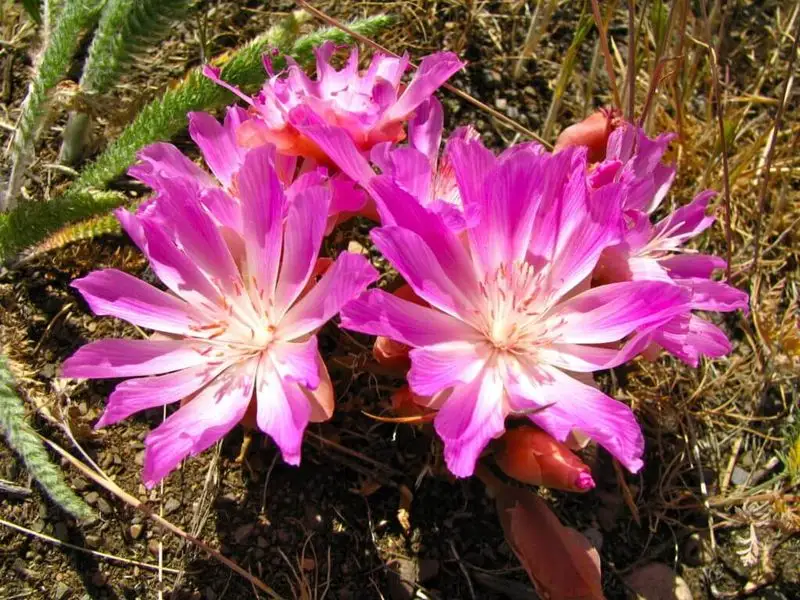
Bitterroot is prized for its delicate pink flowers and resilience in rocky soils. This perennial thrives in well-drained, sandy conditions, tolerating salty air and poor nutrients.
Bitterroot’s compact growth makes it suitable for rock gardens and borders. It requires full sun and minimal watering once established.
The plant’s roots are historically significant, used by Native Americans for food. Today, it adds charm to coastal gardens, attracting pollinators like bees.
Bitterroot’s ability to flourish in harsh conditions makes it a valuable addition to sustainable garden designs.
Sea Cabbage

Sea cabbage is a robust plant with large, glossy green leaves, perfect for coastal areas. It thrives in sandy, well-drained soils and tolerates salty air.
This resilient plant requires full sun and minimal watering once established. Sea cabbage adds texture and color to gardens, with its bold foliage providing a striking visual contrast.
It’s also edible, with young leaves used in salads or cooked dishes. The plant’s adaptability to harsh conditions makes it a practical choice for coastal gardeners seeking beauty and functionality.
Regular pruning helps maintain its shape and vigor.
Seaside Goldenrod
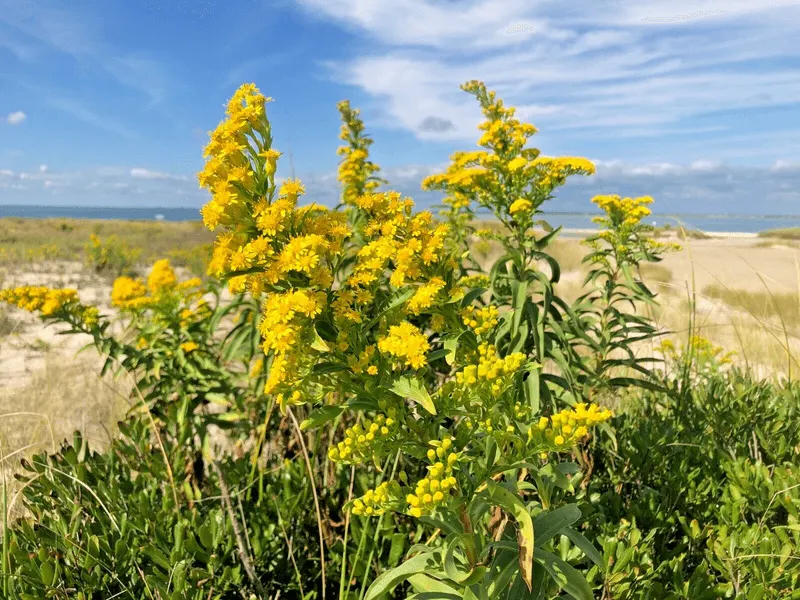
Seaside goldenrod brings bright color to coastal landscapes with its tall spikes of yellow flowers. This perennial thrives in sandy, well-drained soils and tolerates salty air, common along coastlines.
It prefers full sun and is drought-resistant once established. Seaside goldenrod is beneficial for pollinators, attracting bees and butterflies throughout its blooming period.
Use it in mass plantings for a dramatic effect or as part of a mixed border. It’s also a valuable plant for coastal erosion control, with its roots helping to stabilize sandy soil.
Sea Kale
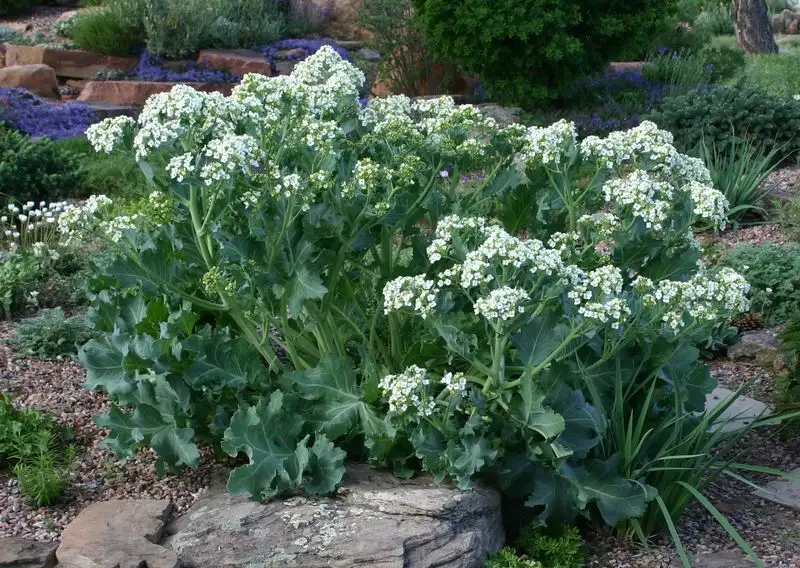
Sea kale is a hardy perennial known for its thick, silvery leaves and small white flowers. It’s well-suited to coastal gardens, thriving in sandy, saline soils.
This plant requires full sun and minimal watering once established, making it low-maintenance. Sea kale’s leaves are edible, adding a unique flavor to salads and cooked dishes.
Its striking foliage adds visual interest, complementing other coastal plants. Sea kale is also used for erosion control, with its extensive root system stabilizing soil.
Ideal for gardeners seeking both aesthetic and functional benefits.
Marshmallow Plant
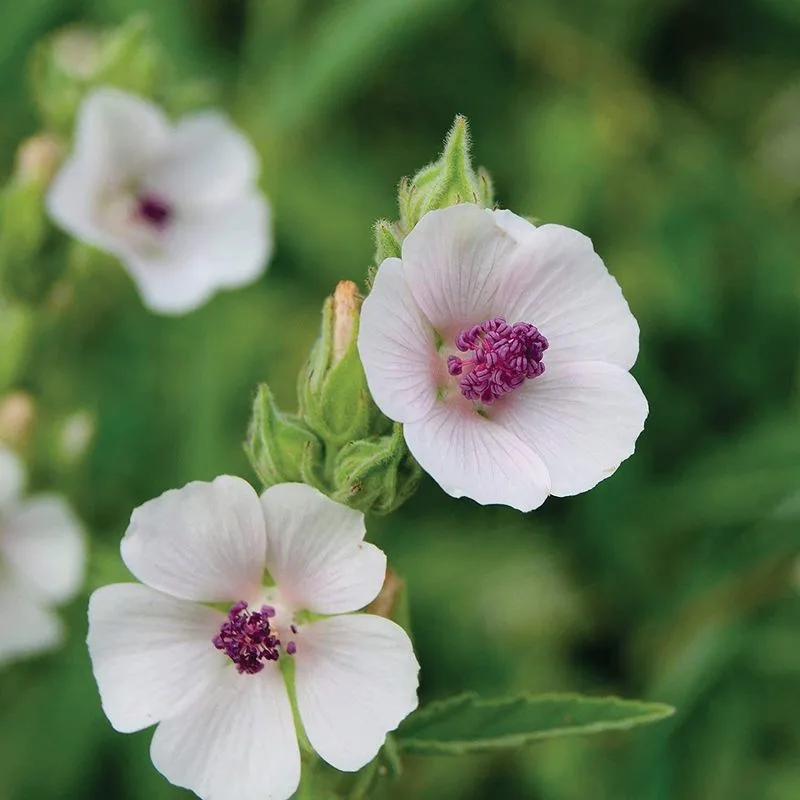
The marshmallow plant is a delightful addition to coastal gardens, with its soft pink flowers and velvety leaves. It thrives in wet, saline conditions, typical of coastal wetlands.
This perennial requires full sun to partial shade and regular watering to establish. Historically used for medicinal purposes, the marshmallow plant adds both beauty and utility to gardens.
Its flowers attract pollinators, supporting local ecosystems. Plant it along water features or in low-lying garden areas for best results.
Its resilience to salty conditions makes it a valuable plant for coastal restoration projects.
Sword Fern
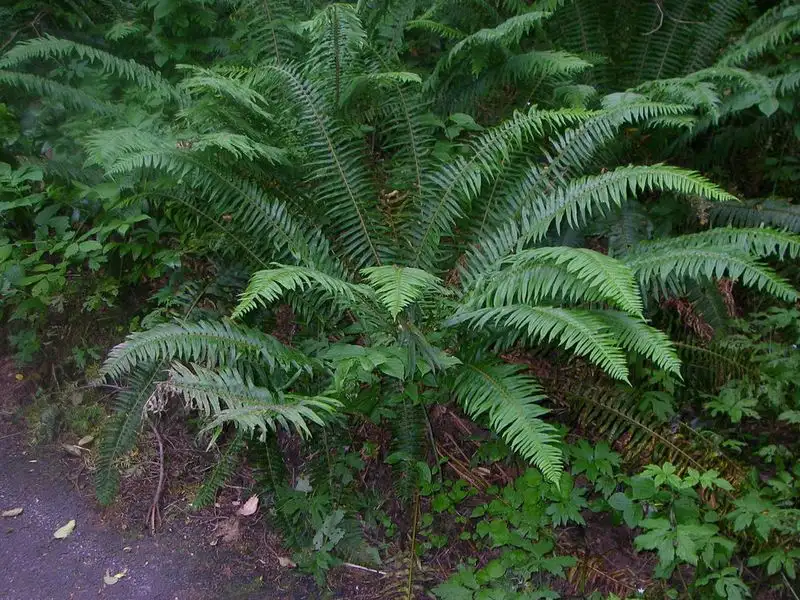
Sword fern is a versatile choice for coastal gardens, with its lush green fronds adding texture and movement. This plant thrives in shaded, moist environments, typical of coastal forests.
It’s tolerant of salty air and poor soil conditions. Sword fern requires regular watering, especially during dry spells, to maintain its vibrant appearance.
Use it as a ground cover or in mixed plantings for a layered effect. The plant’s dense foliage provides habitat for wildlife, enhancing garden biodiversity.
Its resilience and adaptability make it a reliable choice for challenging coastal sites.
Sea Buckthorn
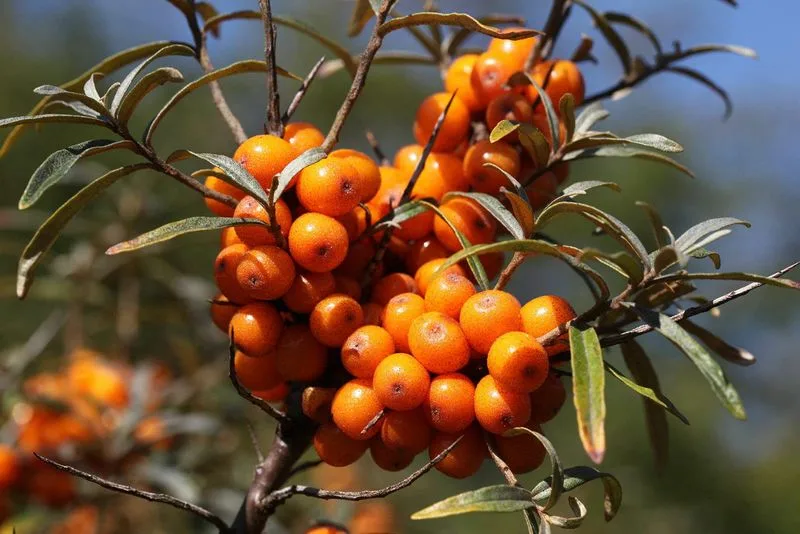
Sea buckthorn is a resilient shrub known for its bright orange berries and silvery leaves. It thrives in sandy, well-drained soils, tolerating salty air and harsh coastal winds.
Sea buckthorn requires full sun and minimal care once established. Its berries are rich in vitamins, used in juices and preserves.
The dense growth habit of the shrub provides excellent erosion control, making it a practical choice for coastal gardens. Sea buckthorn also supports wildlife, offering food and habitat.
Its vibrant berries and foliage add color and interest to any landscape.
Salicornia Europaea (Glasswort)
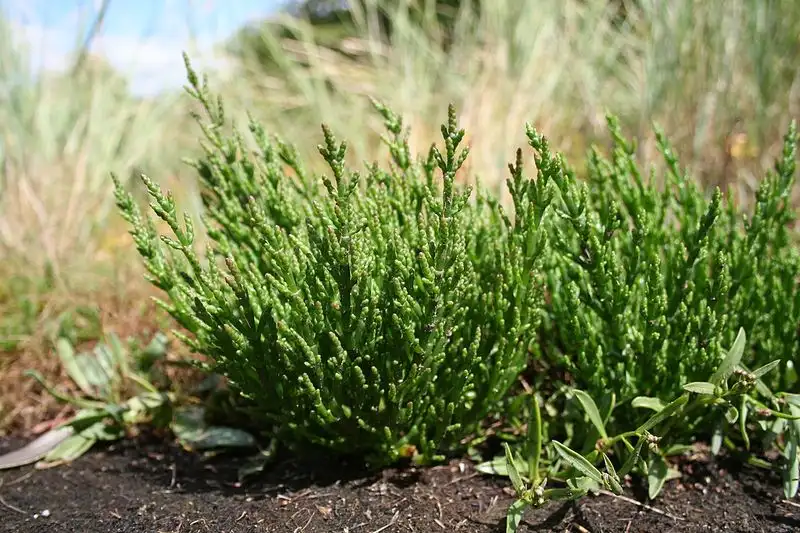
Salicornia Europaea, commonly known as Glasswort, thrives in coastal marshes with its remarkable salt tolerance. This unique plant features succulent, segmented stems that turn vibrant shades of green and red as the seasons change.
Ideal for sandy, saline environments, Glasswort brings a touch of the extraordinary to any coastal garden.
Not only does it showcase a striking appearance, but it also supports local ecosystems by providing habitat for wildlife. Plant Glasswort in well-drained soil, ensuring it receives ample sunlight.
This fascinating addition will undoubtedly enliven your coastal space, inviting curiosity and admiration from all who visit.

